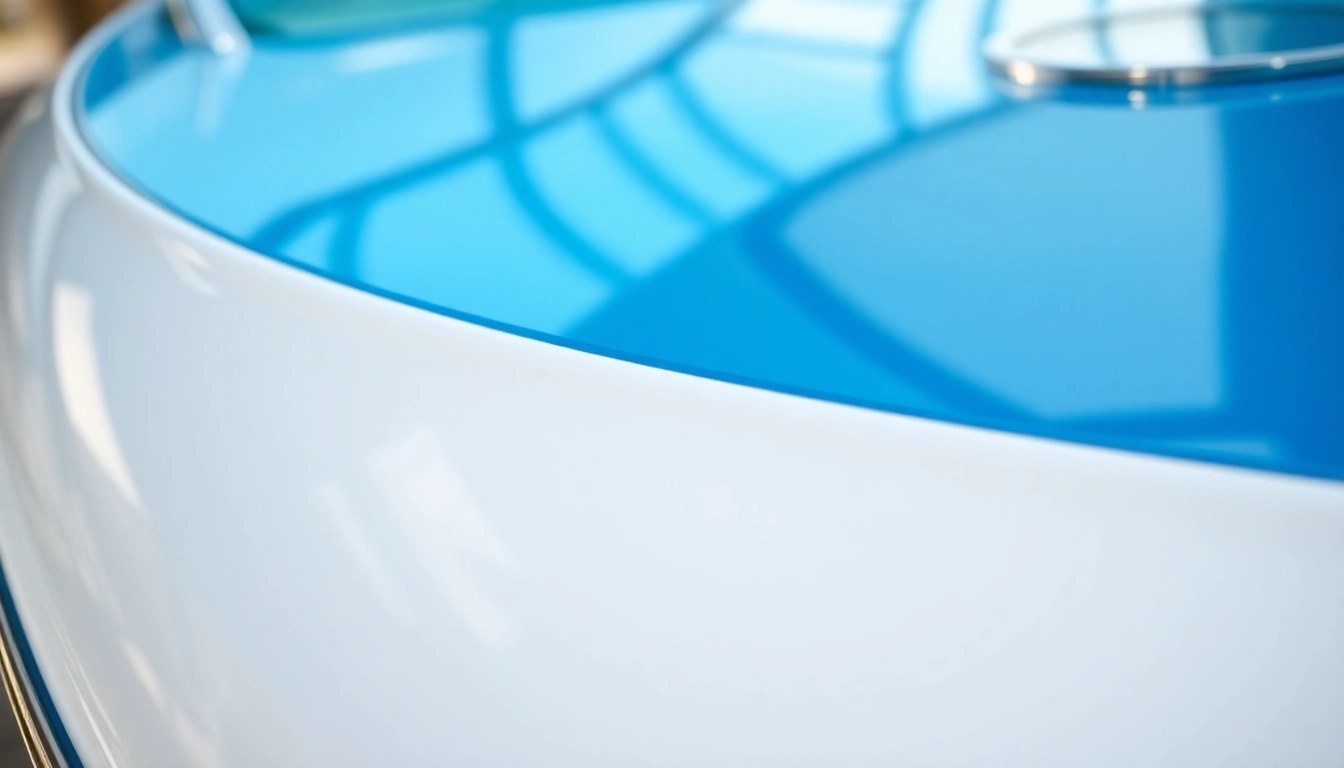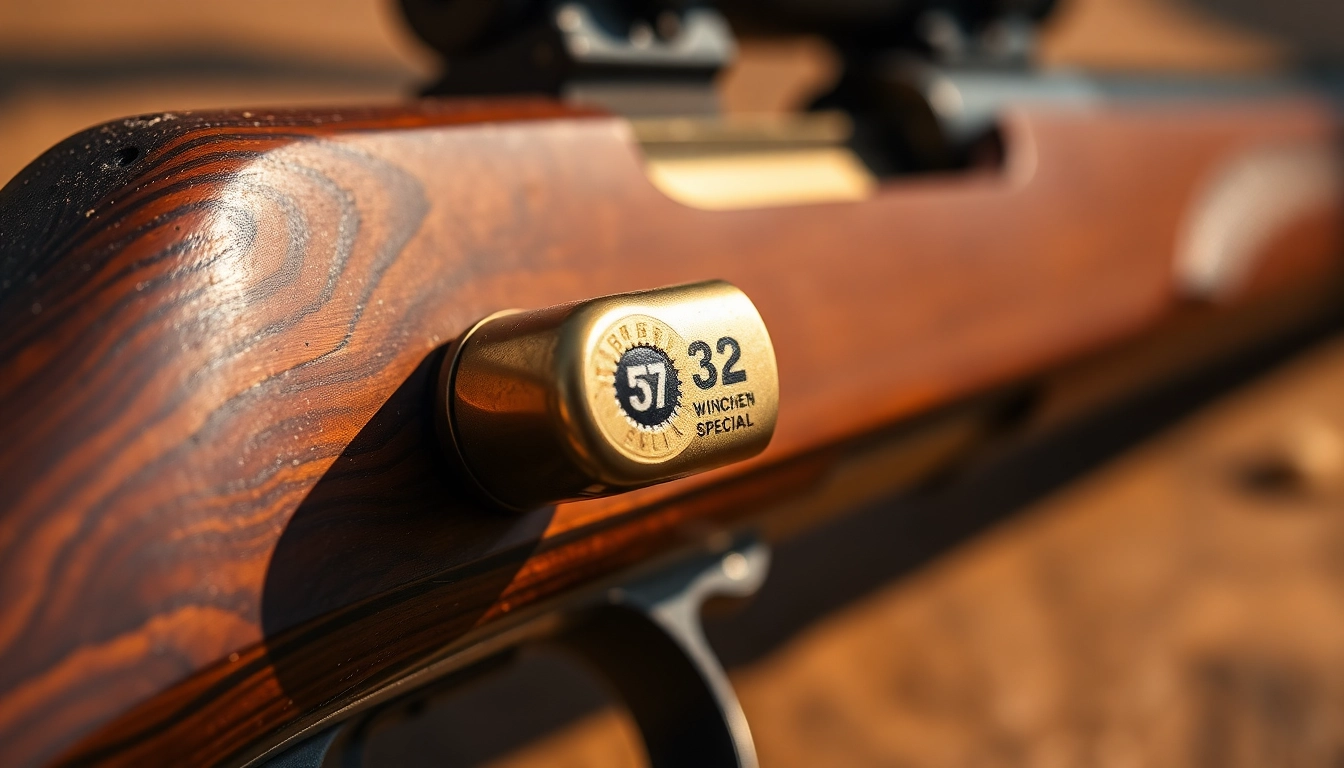Effective Boat Sealing: The Ultimate Guide for Long-Lasting Protection and Shine
Whether you’re an avid sailor, a passionate boat owner, or a professional in marine maintenance, preserving the beauty and integrity of your vessel is paramount. One of the most effective ways to protect your boat’s exterior from harsh environmental elements, UV radiation, and water damage is through high-quality boots versiegelung. Proper sealing not only sustains the aesthetic appeal but also enhances the durability of the gelcoat and paintwork, ensuring your boat remains in pristine condition for years to come.
Why Boots Versiegelung Is Essential for Your Vessel
Protection in Water and Land Use
Boat surfaces are constantly exposed to UV rays, saltwater, freshwater, dirt, and mechanical wear. Boots versiegelung acts as a protective barrier, shielding the gelcoat and paint from these environmental stressors. When applied correctly, it significantly reduces the risk of oxidation, chalking, and chalky residues, maintaining the boat’s glossy finish whether docked or in motion.
Moreover, a good sealing layer makes cleaning easier by preventing dirt and grime from adhering strongly. This is especially advantageous during maintenance on land, where debris and environmental pollutants can settle on the hull.
Properties of a High-Quality Versiegelung
Effective boat sealants should possess chemical bonding capabilities, UV resistance, water-beading properties, and long-term adhesion. They should form a durable, flexible shield that withstands water pressure, temperature fluctuations, and cleaning routines without degrading. For instance, ceramic-based coatings offer superior hardness and gloss retention, while polymer sealants provide excellent adhesion and easy application.
Common Challenges and How to Overcome Them
Applying boots versiegelung can sometimes be challenging due to surface contaminants, uneven application, or inadequate curing conditions. To combat these issues, meticulous surface prep, proper product selection, and adherence to manufacturer instructions are crucial. Using specialized tools, such as foam pads or microfiber cloths, ensures uniform application and optimal results.
Choosing the Right Boots Versiegelung: Criteria & Tips
Material Compatibility with Gelcoat and Paint
Selecting the correct sealant depends largely on your boat’s surface materials. Gelcoat, a common hull finish, responds well to polymer and ceramic coatings. For optimal protection, the sealant must bond chemically with the surface without causing discoloration or degradation. Review product specifications to confirm compatibility, especially if your vessel has custom or aged coatings.
Differences between Polymer and Ceramic Sealants
Polymer sealants are popular for their ease of application, affordability, and reliable protection against UV and water. They form a protective film that is easy to apply and remove during reapplication intervals. Conversely, ceramic sealants are derived from advanced nanotechnology, offering increased hardness, better water repellency, and enhanced gloss. They create a semi-permanent layer, often lasting 6-12 months or longer, providing a more durable shield against environmental stressors.
Expert Recommendations and User Reviews
Leading industry experts emphasize the importance of surface preparation and choosing sealants with proven longevity and chemical resistance. Reviews from seasoned boat owners often cite ceramic coatings like the Gtechniq Marine Top Coat or Menzerna Gelcoat Protection as top-rated options, especially for vessels frequently exposed to saltwater or intense sunlight.
Step-by-Step Guide for Applying Boots Versiegelung
Surface Preparation
The foundation of a successful sealant application is thorough cleaning and preparation. Begin by washing the entire hull with a dedicated marine cleaner like the BCC Power Cleaner or a similar product to remove dirt, grease, and previous coatings. Use a microfiber towel or a soft sponge to avoid scratching. Follow this with a clay bar or polishing compounds to eliminate embedded impurities, ensuring a smooth surface for sealing.
Dry the surface completely to prevent water spots and ensure proper adhesion. At this stage, inspect for any cracks or damages that might need repair before sealing.
Application of Sealant
Apply the chosen boots versiegelung evenly using a foam applicator pad or microfiber cloth, working in small sections. Follow the manufacturer’s instructions regarding drying time and curing duration. For instance, some products require a curing period of 24 hours in optimal weather conditions — cool, shaded environments with low humidity are ideal.
Ensure consistent coverage, avoiding overlapping or missed spots. For best results, multiple thin layers often outperform a single thick coat, enhancing durability and gloss.
Post-Application Care
Allow the coating to cure fully before exposing the boat to water or harsh elements. Once cured, buff lightly with a microfiber towel to enhance gloss. Regular maintenance involves gentle washing with pH-neutral cleaners and avoiding abrasive materials, which could compromise the sealant layer.
Best Practices for Long-Lasting Boat Protection
Inspection and Reapplication
Periodic visual inspections are essential to assess the coating’s condition. Look for signs of dullness, water spots, or peeling. Typically, reapplication is recommended every 6-12 months depending on usage and environmental factors, ensuring continuous protection. Using a dedicated spray-on or wipe-on product can simplify re-sealing routines.
Application Conditions
Optimal conditions for applying boots versiegelung include moderate temperatures (15-25°C/59-77°F), low humidity, and dry surfaces. Applying in direct sunlight may cause rapid drying and uneven layers, leading to imperfections. Therefore, plan application during cloudy days or in shaded areas.
Common Mistakes to Avoid
Errors such as applying sealant over dirty or wet surfaces, using incompatible products, or rushing the curing process can lead to subpar results. Always follow detailed instructions and perform test patches if unsure.
Post-Sealing Maintenance and Care
Cleaning with Proper Products
To retain the protective coating, use gentle, pH-neutral boat wash solutions like the BCC Power Cleaner. Avoid harsh or abrasive cleaners that could strip the sealant prematurely. Regular rinsing after exposure to salt, dirt, or grime prevents build-up.
Long-term Preservation
Applying a fresh coat or a quick sealant spray between major reapplications can extend the life of your coating. Always ensure the surface is thoroughly cleaned before re-sealing, and consider using specialized tools like foam applicators and microfiber towels from trusted brands to achieve professional results.
Timing for Re-Sealing
Typically, boat owners should consider re-sealing every 6 to 12 months. Factors influencing frequency include exposure to sunlight, saltwater, and cleaning routines. Properly maintained coatings can significantly prolong the lifespan of your gelcoat and paintwork, maintaining high gloss and protection.


